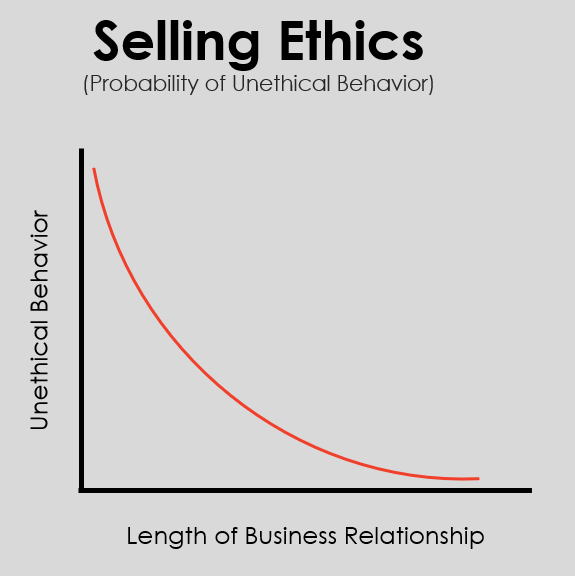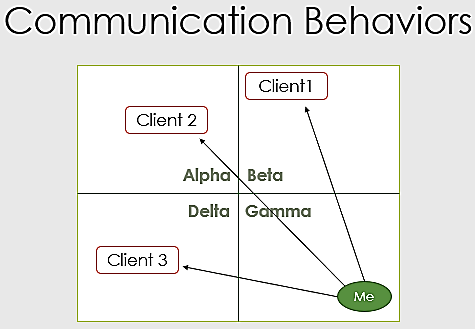7 Chapter 7: Divine Adaptation – Ethics
Integrity
Ethics are critical to the success of the sales professional and sales manager. Too often, business leaders shy away from attributes of God that can and should be displayed. Unfortunately, there is evil in the world. Temptation to make the sales numbers comes in many forms. Some of the temptations are as follows:
- Changing the calls per day to appear more work has been done.
- Embellishing stories of the sale to give impression the sales cycle is moving forward.
- Telling a client that certain things can be done when the team knows it cannot.
- Signing a contract page for a client that was missed during the implementation.
- Entering 45 minutes into the CRM for the customer visit when it was really 33 minutes.
- Fudging details during the sales planning period.
- Using incorrect information to make a sell.
- Imaginations can create endless diversions of truth.
There is also a real threat to seeing the negative side of sales and negotiators depending on the “length of business relationship.” The model displayed is a depiction of human nature when money is involved. If there is a very short business relationship (e.g. buying a car) when there are usually only two negotiables (money and the product), the probability of experiencing unethical behavior increases greatly. However, for long-term business partnerships where the benefits to the relationship are more mutually beneficial, there is a lower potential to have untruthful relationships.

There is a need for negotiators to withhold information from the other party. However, lying is not an option. Instead, simply inform the other party that you are not at liberty to disclose certain information. But, there is never a situation that a sales professional should lay down their integrity.
Communication Behaviors
The social language is often an unforgotten art. The behaviors of individuals should be part of the overall assessment of the sales situation. The sales professional should know their own type of preferred methods of communication. For the demonstration of behaviors, common styles are provided as follows:
Alpha
- Abbreviated data, bullet points, and concise language. Just the facts, quickly. Leave the case study for backup.
- Quick text instead of an email. No lengthy phone conversations.
- Face-to-face business is good.
- Makes decisions quickly based on experience.
Beta
- Wants accurate data. Methodical and calculated.
- Better with long email including details instead of text language.
- Lives with rules. Avoids risk. Prefers order.
- Want to be right without errors.
Gamma
- Sees other possibilities in the data. Writes in long detail essay.
- Creative and likes to innovate. Appears aggressive sometimes.
- Gut decisions. Talks a little too much.
- Rule breaker and tries to inspire others to go with them.
Delta
- Is ok with long phone conversations.
- Enjoys in-person, peace and harmony, with a team and without conflict.
- Would rather someone else be in control.
- Takes on too much for the team.
The Alpha, Beta, Gamma, and Delta individuals are simply exampling of different communication types. Consider how we may identify with anyone of them. Also, are there any that we contrast?

When interacting with clients or managing people, we must understand that people are different and it is our responsibility to manage ourselves in a way that can bridge the communication gap with the other. Egos want the other individual to conform to our liking. Divine adaptation suggest that we find a way to build a bridge across personalities, academic, and cultural divides.
Know the audience when presenting to business leaders. A safe approach includes a high-level presentation with full back-up details available; include a case study similar to the situation.
Chapter Overview – YouTube channel

